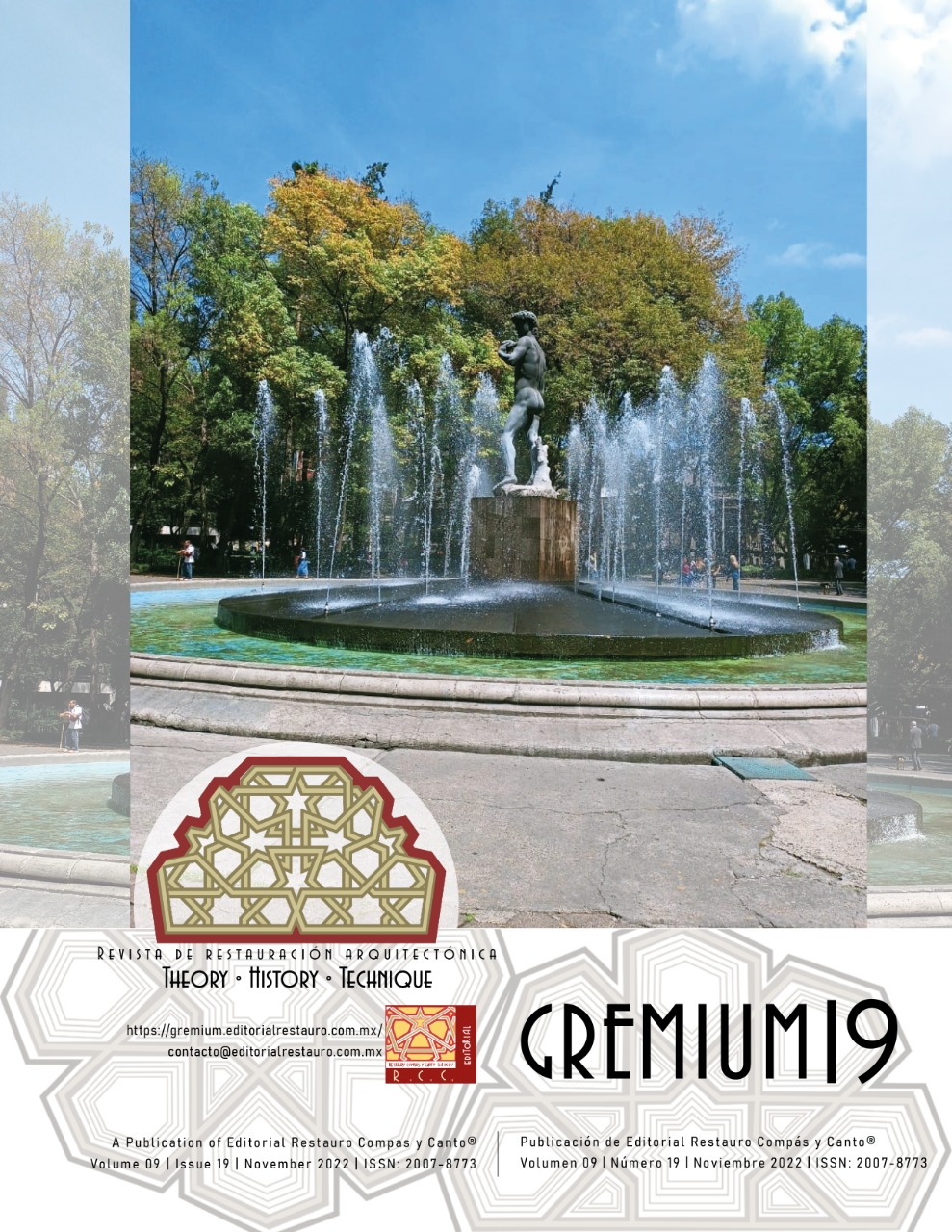The Chinelos’ “Brinco” in Xochimilco. The Signification of Heritage in the Urban Space.
DOI:
https://doi.org/10.56039/rgn19a06Keywords:
chinelos, religious festivities, urban space, culture, significationAbstract
The main purpose of this article is to present ongoing research about signification
and intercultural appropriation processes objectified in the chinelos’ dance known as
“brinco”, represented in the urban space in Xochimilco’s barrios (neighborhoods), as
a symbolic dimension of cultural heritage, and in festivities revolving around Niñopa’s
religious image, considered as its inhabitants as articulated symbolic signs that make
part of their cultural heritage and identity. This study highlights their significance and
meaning based on a qualitative approach that retrieves the narrative constructions
of the participants of these festivities as they are incorporated into a shared value
system and into the ways they recreate them in their everyday lives. The
interpretative analysis used the theoretical input of the semiotics of culture, Iuri
Lotman, and narrative reconstruction by Jerome Bruner, who thinks that the narrative
mode of thought is the cornerstone of the construction of meaning of narrative. Our
preliminary conclusions include the notion that the urban space, towns, and barrios
that conform Xochimilco, as a semiotic space, express intercultural transformations
and translations based on the encounter with other cultures, and, as a result of dialog
and interaction, articulate with their traditional cultural landmarks, that is to say, they
integrate as part of the same dynamic and culture-transforming process.
Downloads
Downloads
Published
Issue
Section
License
Copyright (c) 2022 Gremium

This work is licensed under a Creative Commons Attribution-NonCommercial-NoDerivatives 4.0 International License.























